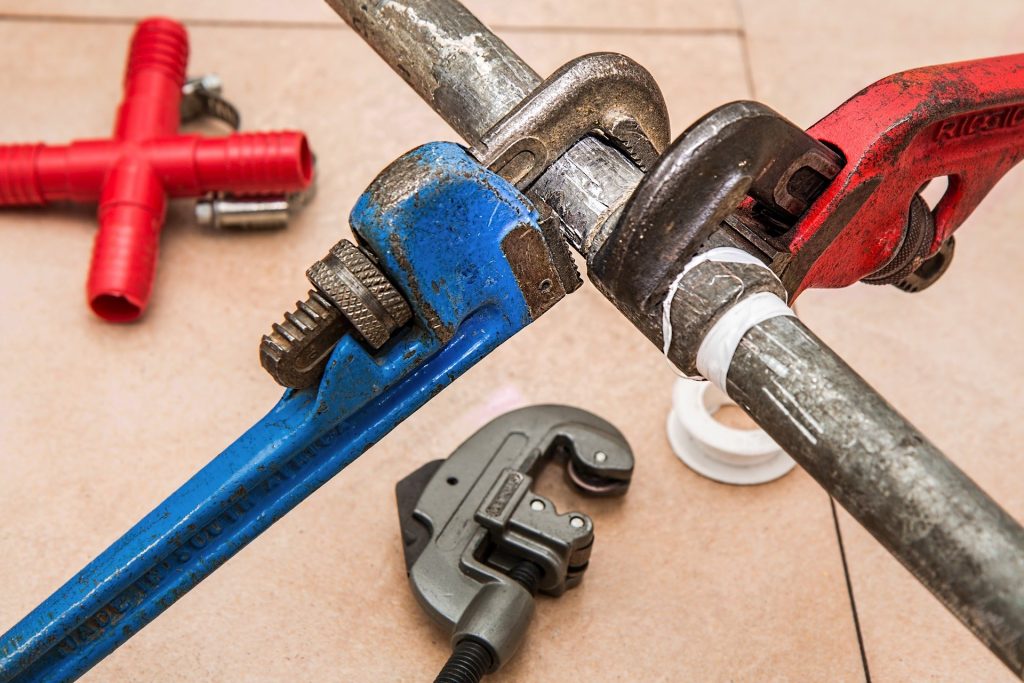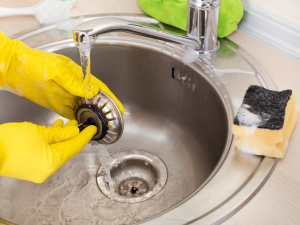Waking up to a bad odor, backed-up toilets, slow drains, or even standing water around your septic leach is not anything that any homeowner wishes to experience. Think of the health hazards exposed to your family as a result of human waste, drug by-products, bacteria, viruses, and even fungus. The exposure of walls and floors to permanent water damage and the large-scale effects on the ecosystem surrounding your home are repulsive. And if not attended to, a septic backup can even make a home inhabitable. Luckily, septic tank backups can be fixed. And it all starts with identifying the cause of the backup as well as the extent of damage caused.
What are the warning signs of septic tank backup?
You may think that the septic tank backup occurred overnight. However, septic tank backups have tell-tale signs. And if acted upon quickly, you can prevent the complete malfunctioning of the system.
Here are some warning signs of septic tank malfunctions.
- Slow flushing of toilets– Often ignored, this is the first sign of a septic tank backup. If all toilets in the household have started flushing slowly, the septic tank may be filled with sludge. However, if it’s only one toilet that is slow to flush, it could be a clogged pipe issue.
- Slow drains– Slow bathroom and sink drains could indicate a septic tank backup. If you experience long waiting periods for sinks to drain, contact a qualified plumber and have the system checked.
- You wake up to the unpleasant smell of a sewer– Your septic drain and tank should be odor-free. If there are unpleasant odors near the septic or in your home, the health and safety of your family may be compromised.
- Gurgling sounds coming from the toilet or drains– Gurgling sounds from the toilet or drains are an indication of a backed-up septic tank.
Here are some causes of septic tank backup and how you can fix them
1. Clogs in the septic system
Clogs are quite common in septic systems. And the major culprit is wrong waste disposal. For instance, non-flushable things such as feminine hygiene products, facial tissues, and even baby wipes are the major culprits for blocked sewer systems. Always flush human waste and toilet paper only. If you are unsure whether products such as wet wipes are flushable, check for the proper disposal methods in the packaging.
To check for clogs, inspect the affluent filler. If the filler is working optimally, check the septic tank’s inlet baffle. You can resolve this by pushing the material causing the blockage through the access port. Having the septic tank pumped regularly, even when you are not experiencing problems prevents clogs in the long run.
2. Unprofessional septic tank installation
You may be saving a few coins by having your septic tank unprofessionally installed. Or you could have hired an untrained plumber to do the job. If wrongly installed, expect to have constant septic system issues. The flow of sewer runs based on the proper placement of the entire sewer system. Some of the most prevalent sewer tank installation mistakes include the usage of the wrong tank size, burying the tank too shallow, and the use of the wrong soil in the drain field.
If you bought a home, the construction of the septic tank system may be beyond your control. However, having routine checks allows you to know what exactly is going on with your sewer system, and how to pinpoint problems. And if you are building a sewer system in your home, ensure you go for professional and licensed plumbers.
3. Infiltration of pipes by tree roots
Greenery forms the basis for long-term environmental health and sustainability. And the beauty it adds to a home is unmatched, not forgetting the clean air. However, those trees that you planted over a year ago may be the cause of the septic tank backup. As trees grow, the roots may cause cracks on the drain pipes which then causes extensive damage especially when they widen.
To counter root infiltration, you can install new pipes that can withstand root damage. If you want to plant trees in your homestead, ensure you plant them farther away from the pipes. And where no other solution is available, cut down the trees and remove the stumps to prevent further growth. If the damage caused by the roots is not extensive, you can carry out a pipe and septic tank cleaning. This will flush down existing roots down the drain.
4. A significant increase in water usage
There is a level of water that every septic tank can hold before it overflows. If there has been a significant increase in the use of water in your home, the septic tank may fail.
If you experience this problem regularly, call in a qualified plumber to inspect the tank and ensure it’s the right size.
Like we mentioned, septic tank backups can be prevented. Here’s how.
- Do not put foreign materials into the drainage system– Flushing foreign materials other than human waste and tissue is the major cause of blockages in septic systems. Even raw foods can cause a blockage, and you do not want to deal with that.
- Ensure that septic tanks remain biologically active– A septic tank should always be biologically active. You can maintain the biological activity by not using antibacterial cleaners and soaps that drain to septic tanks.
- Do not run heavy machinery near or over the sewer lines– Sewer lines can be easily destroyed and crushed by heavy machines, causing leaks and blockages.
- Do not plant trees near the septic lines– You may want to have a natural shade area inside the homestead. To avoid punctures and blockages on sewer lines, only plant trees far away from your sewer lines.
Septic tank backups require speedy solutions. Such issues can expose your family to health risks or even make a home inhabitable. If you experience a septic tank backup, call a qualified plumber immediately. Also, attempting to clean up raw sewage only exposes yourself to hand, to mouth, inhalation, or even skin contact with toxins.




